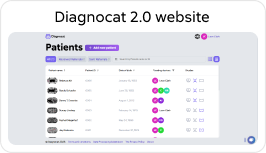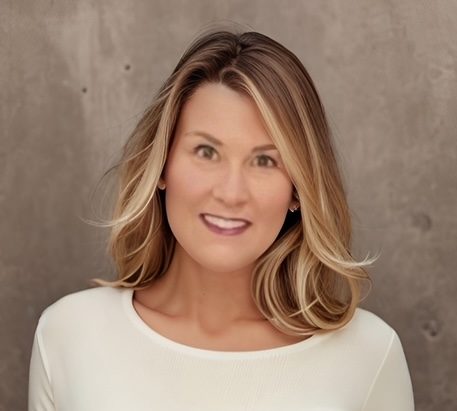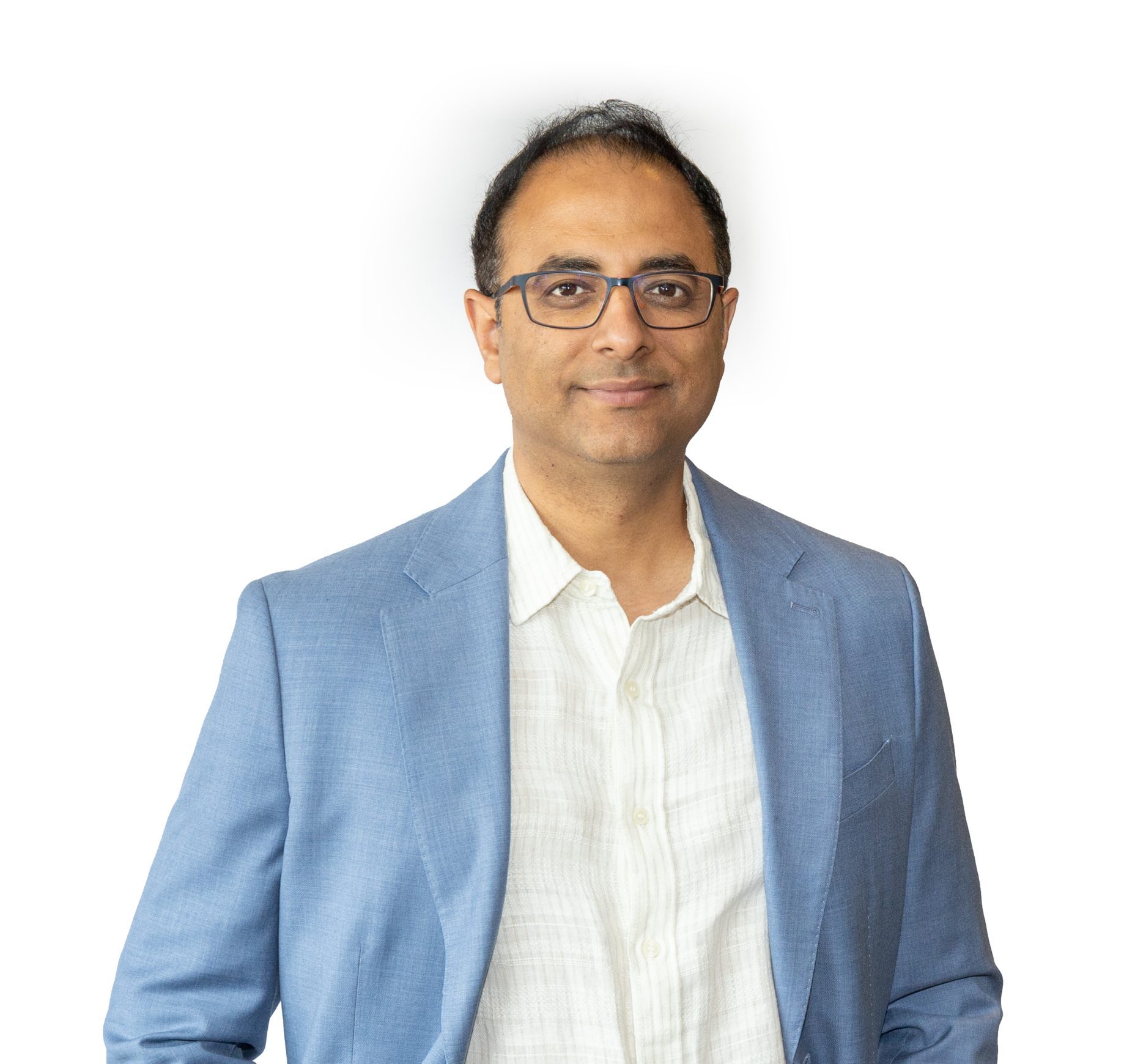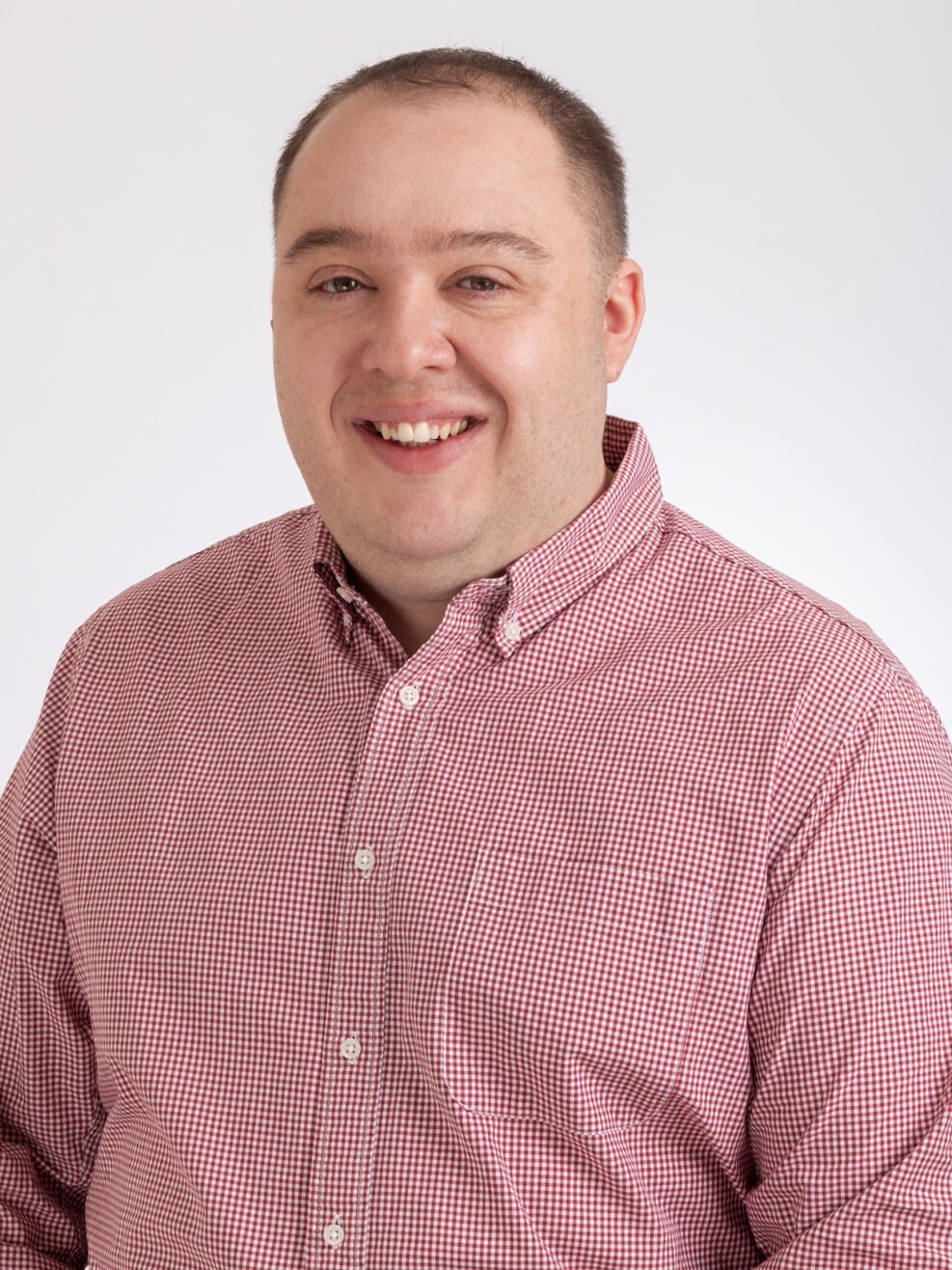Studies and research highlight how crucial early oral cancer detection is. Apart from clinical diagnosis and multiple investigations modern dentistry offers multiple dental AI tools that are instrumental to prediction, and early detection of precancerous and cancerous lesions. Having said that, let us see how Diagnocat’s artificial intelligence (AI) is making this process more accurate and efficient in daily dental practice [1], [2].
Smart Image Analysis: AI as Your Vigilant Assistant
Imagine having an incredibly observant assistant who never gets tired and can spot the tiniest details in every X-ray or scan. That’s essentially what Diagnocat’s AI does. It uses advanced image recognition techniques to analyse dental images with remarkable precision.
This feature daily can be incorporated to routine dental cosultations. Here’s how it works:
- Dentists can upload a patient’s X-ray or CBCT scan to Diagnocat; the AI quickly examines the entire image/images.
- It highlights areas that look unusual or potentially concerning.
- These areas might be subtle changes in tissue density, small lesions, or irregularities that could easily be missed during a routine visual inspection.
Real-life examples include: Recently, a dental clinic (name anonymised) had a patient come in for a routine check-up. His panoramic X-ray looked normal to the naked eye, but when ran through Diagnocat, the AI highlighted a small, irregular area at the base of the tongue. This promptly satrted a detailed examination of that region, ultimately leading to an early-stage cancer diagnosis that might have otherwise gone unnoticed for months.
Smart Pattern Recognition: How The AI Analyses the Images by Learning Fom Large Data Sets
When Diagnocat’s AI looks at an X-ray or scan, it sees more than an image, unlike the human eye. It breaks down the image into specific features that help it identify potential problems. Here’s how it works:
- Shape and Size Analysis: The AI looks at the shape and size of any unusual areas. Cancerous lesions often have irregular shapes or grow in odd patterns, while benign growths tend to be more symmetrical and have smoother edges.
- Density Check: The AI examines how dense different areas of the image are. Cancerous tissues often show up differently than healthy tissues in terms of their density on X-rays.
- Surrounding Tissue Evaluation: The system doesn’t just look at the suspicious area itself, but also checks how it interacts with the surrounding tissues. Cancerous lesions might show signs of invading nearby structures.
After identifying these features, the AI compares them to its vast database of known cases. It’s like having a library of thousands of oral cancer cases that the AI can instantly reference.
In practice, this feature has been incredibly helpful. For instance, there was a patient in a dental office (name anonymised) with a small growth that looked potentially non-invasive. However, when ran it through Diagnocat, the AI flagged it as suspicious.
It had detected subtle features – slight irregularities in shape and density – that matched patterns often seen in precancerous lesions. This prompted an immediate biopsy, which confirmed that the leasion was indeed an early-stage cancerous lesion.
It is important dentists understand that smart pattern recognition doesn’t replace their expertise, but it certainly enhances it. It’s like having a super-experienced colleague who has seen thousands of cases giving us a second opinion on every single patient.
Consistent and Tireless Screening
One of the biggest advantages of using AI is its consistency. Unlike humans, it doesn’t get tired or distracted, and it applies the same level of scrutiny to every image.
- Dentists can scan every radiograph through Diagnocat, even for routine check-ups.
- This ensures high standards of screening for every patient, regardless of their perceived risk level.
Practical example: Imagine a busy practice; dentist may have to examine over 30 patients a day. Manually scrutinising each X-ray in detail would be time-consuming and prone to human error, especially towards the end of a long day. With Diagnocat AI, each image gets similar attention, whether it’s our first patient at 8 AM or the last one at 5 PM.
Tracking Changes Over Time
Diagnocat’s AI doesn’t just analyse single images; it can compare current scans with a patient’s previous records, highlighting any changes, growths or patterns. This is crucial to long-term patient care.
- The AI can detect subtle changes that might not be apparent when comparing images side by side, manually
- It alerts us to areas that have changed, even slightly, since the last visit.
Real case scenario: We had a long-term patient whose check-ups were always normal. During their latest visit, Diagnocat compared their new X-ray with one from two years ago. The AI detected a small but significant change in the density of a particular area. This change wasn’t obvious to the eye, but it prompted us to investigate further, leading to the early detection of a developing issue.
Enhancing Patient Communication
One unexpected benefit of using Diagnocat’s AI has been in patient education and communication.
How we use it to improve patient understanding:
- When explaining findings to patients, we can show them the AI-analysed images.
- The visual highlighting of suspicious areas makes it easier for patients to understand our concerns and the need for further tests or treatments.
Example of improved patient engagement: Recently, a dental clinic (name anonymised) consulted a patient who was hesitant about getting a biopsy for a suspicious lesion. Tools such as Diagnocat’s AI had visually flagged the area of concern. As a result, it was easier to convey to the patient about the criticality and the need of the biopsy. The patient had visual reports and comparisons to understand and eventually consented to it.
Diagnocat AI-A Valuable Tool, Not a Replacement
It’s important to understand that Diagnocat’s AI is a powerful tool that enhances thee dentists’ diagnostic abilities, but it doesn’t replace their clinical judgement. In practice, dentists use it as a supplement to their expertise, not as a standalone diagnostic tool.
By integrating Diagnocat’s AI into daily dental routine, dentists have seen improvement in their ability to detect potential oral cancers early [3]. It’s like having an extra set of highly trained eyes on every case, that provides better, more thorough care to every patient.
Remember, while AI is an incredible tool, it’s the clinician’s experience, judgement, and human touch that ultimately make the difference in patient care. Diagnocat AI simply helps to be more effective as a healthcare provider.
References:
- Al-Rawi N, Sultan A, Rajai B, Shuaeeb H, Alnajjar M, Alketbi M, Mohammad Y, Shetty SR, Mashrah MA. The Effectiveness of Artificial Intelligence in Detection of Oral Cancer. Int Dent J. 2022 Aug;72(4):436-447. doi: 10.1016/j.identj.2022.03.001. Epub 2022 May 14. PMID: 35581039; PMCID: PMC9381387.
- García-Pola M, Pons-Fuster E, Suárez-Fernández C, Seoane-Romero J, Romero-Méndez A, López-Jornet P. Role of Artificial Intelligence in the Early Diagnosis of Oral Cancer. A Scoping Review. Cancers (Basel). 2021 Sep 14;13(18):4600. doi: 10.3390/cancers13184600. PMID: 34572831; PMCID: PMC8467703.
- https://diagnocat.com/eu/blog/the-role-of-ai-in-detecting-and-preventing-oral-cancers-2/







